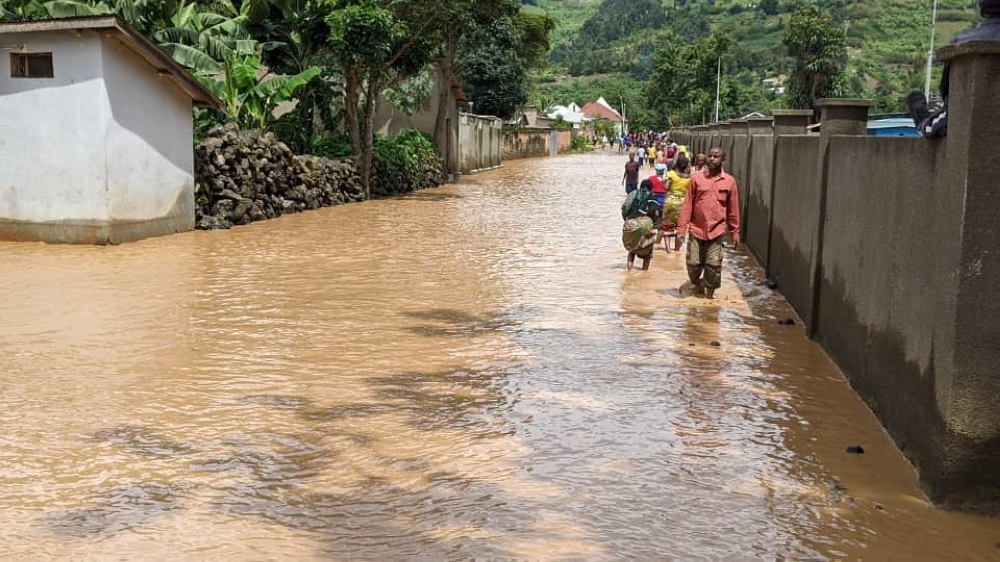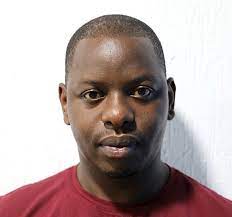

Rwanda, along with other developing nations, is urging developed countries—historically responsible for global warming—to fulfill their commitment to doubling climate change adaptation finance at the 29th UN Climate Change Conference in November 2024 in Baku, Azerbaijan.
ALSO READ: For Rwanda to Achieve Its Climate Goals, Finance is Essential
Adaptation encompasses various measures to reduce vulnerability to climate change impacts, from planting drought-resistant crops and enhancing climate information systems to building stronger defenses against floods.
Rwanda has identified a $7.1 billion funding gap to meet its climate action targets under the Paris Agreement by 2030. The country plans to invest $11.04 billion to cut carbon emissions by 4.6 million tonnes and adapt to climate change effects.
Adaptation projects require $5.4 billion by 2030, with 40% ($2.1 billion) to be sourced domestically and 60% ($3.3 billion) internationally.
ALSO READ: Inside Rwanda’s Climate Finance Deals
Agriculture sector priorities dominate adaptation costs, needing $3 billion, which accounts for 55% of total adaptation costs.
"COP29 is a climate finance COP. Our main expectation is to agree on the New Collective Quantified Goal on climate finance," said Faustin Munyazikwiye, Rwanda&039;s climate negotiator.
The New Collective Quantified Goal (NCQG) aims to build on the $100 billion pledged by rich countries, taking into account the needs of developing nations. If successfully implemented, the new goal could address the shortcomings of the previous $100 billion commitment, which developed countries failed to meet.
At COP29, nations will negotiate a new climate finance goal, replacing the existing $100 billion annual commitment until 2025.
ALSO READ: Rwanda Faces $7 Billion Funding Gap to Implement Climate Action Plan
Success at COP29 hinges on establishing a new goal based on developing countries' needs and addressing previous goal shortcomings. Wealthy countries must provide adequate support to help vulnerable countries transition to a low-emissions, climate-resilient future.
Developing countries require at least $5.8 trillion to implement national climate plans by 2030. The Intergovernmental Panel on Climate Change (IPCC) estimates that adaptation costs in Africa could reach $86.6 billion annually by 2030.
The new climate finance goal must reflect these needs and recognise the crucial role of international public funding, according to experts.
"We need to double the adaptation fund, operationalise the loss and damage fund, keep the financial promises made by developed countries, adopt agroecology as a climate-resilient agriculture method, and recognise Africa's special needs and circumstances," Faustin Vuningoma, Coordinator of the Rwanda Climate Change and Development Network (RCCDN) said.
The Loss and Damage Fund aims to help countries recover from climate shocks like floods, droughts, and landslides. However, the $770.6 million pledged at COP28 is insufficient compared to the estimated $580 billion annually needed for loss and damage by 2030 and $1.7 trillion annually by 2050.
Following the launch of the Loss and Damage Fund at COP28, next steps include securing and scaling more funds and establishing transparent, inclusive funding structures that ensure direct access to the fund’s operations.
"We want grants instead of loans," said Marlene Achoki, a CARE International researcher specialising in climate change adaptation, speaking to about 30 journalists from different African regions in Mombasa, Kenya, on the sidelines of the African experts and negotiators' meeting on the Global Goal on Adaptation and climate finance, Monday, July 29.
"Africa's priorities for COP29 are climate finance for adaptation, the loss and damage fund, mitigation to limit global warming to 1.5 degrees Celsius, and just transitions," said Fatuma Hussein, Programme Manager at Power Shift Africa and Lead Climate Negotiator, adding that finance is pledged but not delivered.
Global Goal on Adaptation Finance
Marlene Achoki, CARE International researcher specialising in climate change adaptation, reiterated that Africa needs to double adaptation finance by 2025. "A lot of finance is going to mitigation measures, yet Africa's priority is adaptation finance. It should at least be 50/50," she said.
The adaptation finance needs of vulnerable countries now stand at $194 billion to $366 billion per year, according to the latest United Nations Environment Programme’s Adaptation Gap Report. Yet, between 2016 and 2021, adaptation finance averaged $19 billion per year, or just 25% of overall climate finance, according to a 2023 report by the Organisation for Economic Co-operation and Development.
Despite increasing needs, public adaptation finance has declined since 2020, while mitigation finance has increased.
The 'Global Goal on Adaptation' is a collective commitment under Article 7.1 of the Paris Agreement, aimed at enhancing adaptive capacity, strengthening resilience, and reducing vulnerability to climate change. Proposed by the African Group of Negotiators (AGN) in 2013 and established in 2015, this goal emphasizes adaptation as a global priority.
CSOs' expectations for Adaptation at COP29 in Baku include more adaptation finance flows. "Adaptation must be high on the global priority list, with secure grant-based funding at the global level for accelerated adaptation action through new and additional finance, capacity, and technology transfer across developing countries," she said.
Developed countries must honor their COP26 commitment to at least double adaptation finance by 2025—a promise yet unmet.
"Adaptation finance channels must be reformed to increase allocation and access for those who need it most by reducing administrative barriers," she added.


